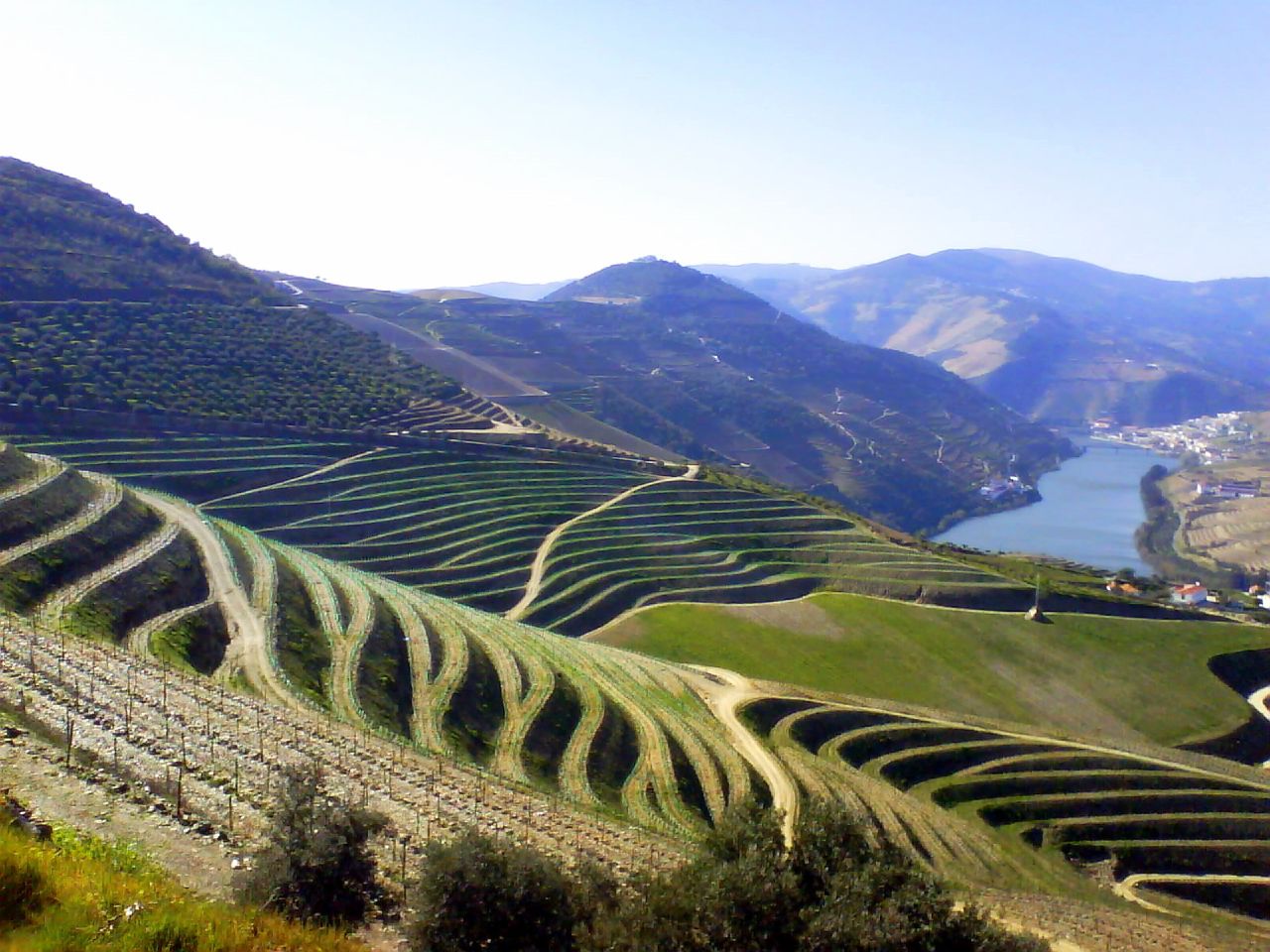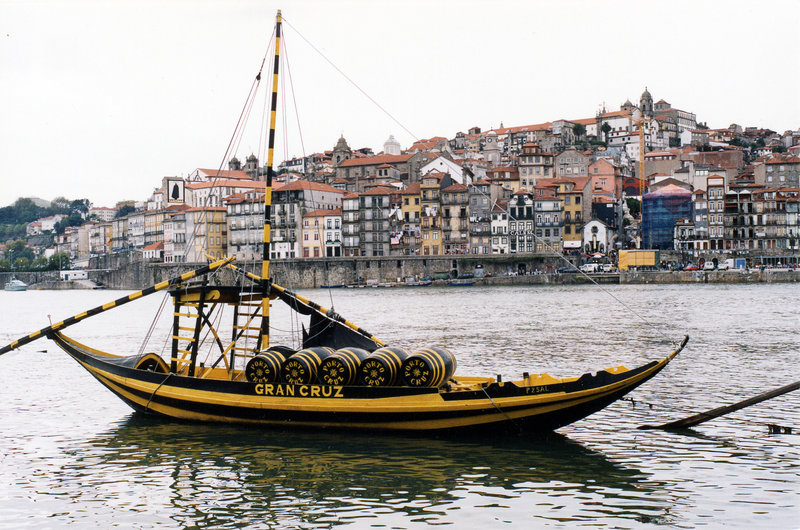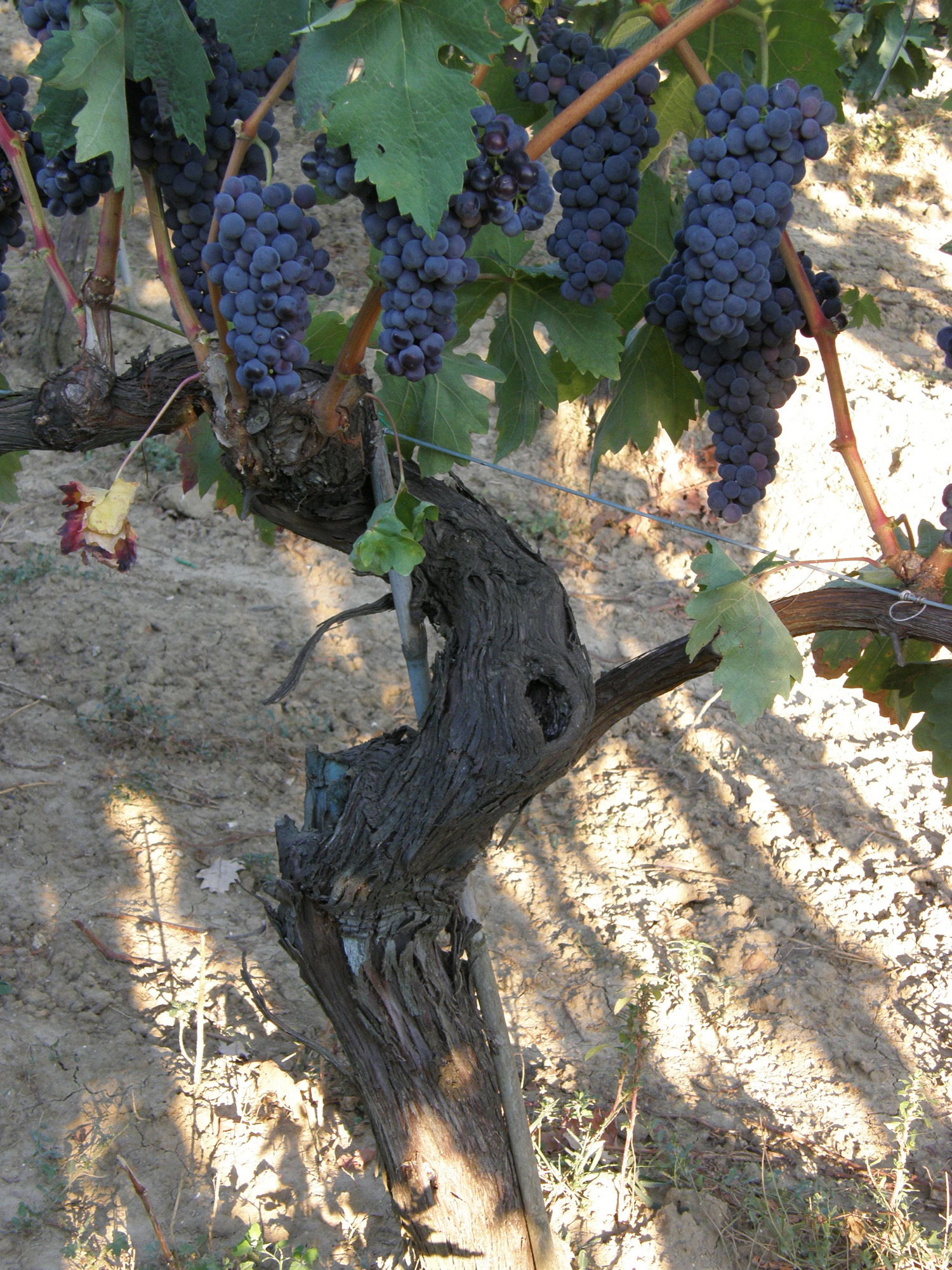|
Arinto
Arinto or Arinto de Bucelas is a white Portuguese wine grape planted primarily in the Bucelas, Tejo and Vinho Verde regions. It can produce high acid wines with lemon notes. Synonyms Arinto is also known by the synonyms Arintho, Arintho du Dao, Arinto Cachudo, Arinto Cercial, Arinto d'Anadia, Arinto de Bucelas, Arinto do Douro, Arinto Galego, Asal Espanhol, Asal Galego, Assario branco, Boal Cachudo, Branco Espanhol, Cerceal, Chapeludo, Malvasia Fina, Pe de Perdiz branco, Pederna, and Pedernao.Arinto de Bucelas , , accessed on June 26, 2010 Arinto (or Arintho) is also part of the name of, or a synonym of other varieties. ... [...More Info...] [...Related Items...] OR: [Wikipedia] [Google] [Baidu] |
List Of Portuguese Wine Grape Varieties
Portugal's history of viticulture and vinification covers many centuries and has included the use of an extensive number native varieties. In addition, through experimentation and field trials a number of new varieties have emerged and are now playing key roles in producing the country's wide array of wines. The relative absence of many international varieties such as Cabernet Sauvignon, Chardonnay and Semillon is another characteristic of this country's wine industry, although in recent decades many of these varieties have been brought into wider use as the lists below reveal. Portugal's wine production in 2019 was 6.5 million hectolitres (Mhl), consistent with its annual average since 2015, and the forecast for 2020 is also 6.5 Mhl. This industry makes an important contribution to the country's annual income by attracting a vigorous local market and by being exported all over the world with France, the United States, the United Kingdom, Brazil and Germany as the main destinatio ... [...More Info...] [...Related Items...] OR: [Wikipedia] [Google] [Baidu] |
Grape (wine)
This list of grape varieties includes cultivated grapes, whether used for wine, or eating as a table grape, fresh or dried (raisin, Zante currant, currant, sultana (grape), sultana). For a complete list of all grape species including those unimportant to agriculture, see Vitis. The term ''grape variety'' refers to cultivars rather than actual Variety (botany), botanical varieties according to the International Code of Nomenclature for Cultivated Plants, because they are propagated by cuttings and may have unstable reproductive properties. However, the term ''variety'' has become so entrenched in viticulture that any change to using the term ''cultivar'' instead is unlikely. Single species grapes While some of the grapes in this list are hybrids, they are hybridized within a single species. For those grapes hybridized across species, known as interspecific hybrids, see the section on #Multispecies hybrid grapes, multispecies hybrid grapes below. ''Vitis vinifera'' (wine) R ... [...More Info...] [...Related Items...] OR: [Wikipedia] [Google] [Baidu] |
Portuguese Wine
Portuguese wine was mostly introduced by the Romans and other ancient Mediterranean peoples who traded with local coastal populations, mainly in the South. In pre-Roman Gallaecia-Lusitania times, the native peoples only drank beer and were unfamiliar with wine production. Portugal started to export its wines to Rome during the Roman Empire. Modern exports developed with trade to England after the Methuen Treaty in 1703. From this commerce a wide variety of wines started to be grown in Portugal. And, in 1758, one of the first wine-producing regions of the world, the '' Região Demarcada do Douro'' was created under the orientation of Marquis of Pombal, in the Douro Valley. Portugal has two wine-producing regions protected by UNESCO as World Heritage: the Douro Valley Wine Region (''Douro Vinhateiro'') and Pico Island Wine Region (''Ilha do Pico Vinhateira''). Portugal has a big variety of local kinds, producing a very wide variety of different wines with distinctive personality. Hi ... [...More Info...] [...Related Items...] OR: [Wikipedia] [Google] [Baidu] |
Bucelas DOC
Bucelas (historically known as ''Bucellas'') is a Portuguese wine-region located in the Lisboa wine-region. The region has Portugal's highest wine classification as a '' Denominação de Origem Controlada'' (DOC). Located south of the Arruda DOC, the region is noted for its potential for cool fermentation white wine production. Vineyards in the area are planted on predominantly loam soils. T. Stevenson ''"The Sotheby's Wine Encyclopedia"'' pg 330 Dorling Kindersley 2005 The white wines of Bucelas became widely popular during the Elizabethan era in England and again during the Victorian age. In London the wines were sometimes described as ''Portuguese hock'' because of their similarities to the German Rieslings from the Rhine. Urban sprawl in the 20th century has drastically reduced viticulture in the area, located north of the Portuguese capital city, Lisbon. J. Robinson (ed) ''"The Oxford Companion to Wine"'' Third Edition pg 138 Oxford University Press 2006 History Viticult ... [...More Info...] [...Related Items...] OR: [Wikipedia] [Google] [Baidu] |
Vinho Verde
Vinho Verde () (literally 'green wine') refers to Portuguese wine that originated in the historic Minho province in the far north of the country. The modern-day 'Vinho Verde' region, originally designated in 1908, includes the old Minho province plus adjacent areas to the south. In 1976, the old province was dissolved. Vinho Verde is not a grape variety, it is a DOC for the production of wine. The name means "green wine," but translates as "young wine", with wine being released three to six months after the grapes are harvested. They may be red, white, or rosé, and they are usually consumed soon after bottling. A Vinho Verde can also be a sparkling, a Late Harvest or even Brandy. In its early years of production, the slight effervesce of the wine came from malolactic fermentation taking place in the bottle. In winemaking this is usually considered a wine fault but Vinho Verde producers found that consumers liked the slightly fizzy nature. However, the wines had to be package ... [...More Info...] [...Related Items...] OR: [Wikipedia] [Google] [Baidu] |
Tejo VR
Tejo, until 2009 named Ribatejo, is a Portuguese wine region covering the same areas as the Ribatejo Province. It takes its name from the river Tagus, Tejo (Tagus). The entire region is entitled to use the ''Vinho Regional'' designation Tejo VR, while some areas are also classified at the higher ''Denominação de Origem Controlada'' (DOC) level under the designation DoTejo DOC. VR is similar to the French (wine), French ''vin de pays'' and DOC to the French AOC (wine), AOC. Located between the Lisboa VR, Lisboa and Alentejo VRs, the region is dominated by the influence of the Tagus river. The river moderates the region's climate, making it more temperate climate, temperate than other areas of Portugal. Vineyards are planted on the fertile alluvial plains along the river and can be prone to producing excessive yield (wine), yields.T. Stevenson ''"The Sotheby's Wine Encyclopedia"'' pg 329-333 Dorling Kindersley 2005 In 2009, the region was renamed from Ribatejo to Tejo, the same na ... [...More Info...] [...Related Items...] OR: [Wikipedia] [Google] [Baidu] |
Tempranillo
Tempranillo (also known as Ull de Llebre, Cencibel, Tinto Fino and Tinta del Pais in Spain, Aragonez or Tinta Roriz in Portugal, and several other synonyms elsewhere) is a black grape variety widely grown to make full-bodied red wines in its native Spain. Its name is the diminutive of the Spanish ''temprano'' ("early"), a reference to the fact that it ripens several weeks earlier than most Spanish red grapes. Tempranillo has been grown on the Iberian Peninsula since the time of Phoenician settlements. It is the main grape used in Rioja, and is often referred to as Spain's noble grape. The grape has been planted throughout the globe's wine regions. In 2015, Tempranillo was the fourth most widely planted wine grape variety worldwide with under vine, of which 87% was in Spain where it is the most planted red grape variety. Unlike more aromatic red wine varieties like Cabernet Sauvignon, Sangiovese and Pinot noir, Tempranillo has a relatively neutral profile so it is often b ... [...More Info...] [...Related Items...] OR: [Wikipedia] [Google] [Baidu] |
Vitis Vinifera
''Vitis vinifera'', the common grape vine, is a species of flowering plant, native to the Mediterranean region, Central Europe, and southwestern Asia, from Morocco and Portugal north to southern Germany and east to northern Iran. There are currently between 5,000 and 10,000 varieties of ''Vitis vinifera'' grapes though only a few are of commercial significance for wine and table grape production. The wild grape is often classified as ''Vitis vinifera'' ''sylvestris'' (in some classifications considered ''Vitis sylvestris''), with ''Vitis vinifera'' ''vinifera'' restricted to cultivated forms. Domesticated vines have hermaphrodite flowers, but ''sylvestris'' is dioecious (male and female flowers on separate plants) and pollination is required for fruit to develop. Grapes can be eaten fresh or dried to produce raisins, sultanas, and currants. Grape leaves are used in the cuisine of many cultures. The fresh grapes can also be processed into juice that is fermented to make wine ... [...More Info...] [...Related Items...] OR: [Wikipedia] [Google] [Baidu] |
Synonyms
A synonym is a word, morpheme, or phrase that means exactly or nearly the same as another word, morpheme, or phrase in a given language. For example, in the English language, the words ''begin'', ''start'', ''commence'', and ''initiate'' are all synonyms of one another: they are ''synonymous''. The standard test for synonymy is substitution: one form can be replaced by another in a sentence without changing its meaning. Words are considered synonymous in only one particular sense: for example, ''long'' and ''extended'' in the context ''long time'' or ''extended time'' are synonymous, but ''long'' cannot be used in the phrase ''extended family''. Synonyms with exactly the same meaning share a seme or denotational sememe, whereas those with inexactly similar meanings share a broader denotational or connotational sememe and thus overlap within a semantic field. The former are sometimes called cognitive synonyms and the latter, near-synonyms, plesionyms or poecilonyms. Lexicograph ... [...More Info...] [...Related Items...] OR: [Wikipedia] [Google] [Baidu] |
Acid (wine)
The acids in wine are an important component in both winemaking and the finished product of wine. They are present in both grapes and wine, having direct influences on the color, balance and taste of the wine as well as the growth and vitality of yeast during fermentation and protecting the wine from bacteria. The measure of the amount of acidity in wine is known as the “ titratable acidity” or “total acidity”, which refers to the test that yields the total of all acids present, while strength of acidity is measured according to pH, with most wines having a pH between 2.9 and 3.9. Generally, the lower the pH, the higher the acidity in the wine. There is no direct connection between total acidity and pH (it is possible to find wines with a high pH for wine and high acidity). In wine tasting, the term “acidity” refers to the fresh, tart and sour attributes of the wine which are evaluated in relation to how well the acidity balances out the sweetness and bitter components ... [...More Info...] [...Related Items...] OR: [Wikipedia] [Google] [Baidu] |
Vitis International Variety Catalogue
The Vitis International Variety Catalogue (VIVC) is a database of various species and varieties/cultivars of grapevine, the genus ''Vitis''. VIVC is administered by the Geilweilerhof Institute for Grape Breeding (''Institut für Rebenzüchtung Geilweilerhof'') in Siebeldingen, Germany, and contains information from grapevine collections existing in various institutes of viticulture around the world. As of April 2009, the information in the database brought together information from 130 institutions located in 45 countries, and contains about 18,000 entries. The database was started in 1983, and has been available online since 1996. Its initial creation was supported by the International Organisation of Vine and Wine and the International Board for Plant Genetic Resources, a forerunner of Bioversity International. The purpose of the VIVC database is to provide documentation on available grapevine genetic resources, and to be a source of information to grape breeders, viticultural ... [...More Info...] [...Related Items...] OR: [Wikipedia] [Google] [Baidu] |
Malvasia Fina
Malvasia (, also known as Malvazia) is a group of wine grape varieties grown historically in the Mediterranean region, Balearic Islands, Canary Islands and the island of Madeira, but now grown in many of the winemaking regions of the world. In the past, the names Malvasia, Malvazia, and Malmsey have been used interchangeably for Malvasia-based wines; however, in modern oenology, "Malmsey" is now used almost exclusively for a sweet variety of Madeira wine made from the Malvasia grape. Grape varieties in this family include Malvasia bianca, Malvasia di Schierano, Malvasia negra, , Malvasia nera di Brindisi, Malvasia di Candia aromatica, Malvasia odorosissima, and a number of other varieties. Malvasia wines are produced in Greece (regions of Peloponnese, Cyclades and Crete), Italy (including Friuli-Venezia Giulia, Lombardia, Apulia, Sicily, Lipari, Emilia-Romagna, and Sardinia), Slovenia, Croatia (including Istria), Corsica, the Iberian Peninsula, the Canary Islands, the island o ... [...More Info...] [...Related Items...] OR: [Wikipedia] [Google] [Baidu] |








